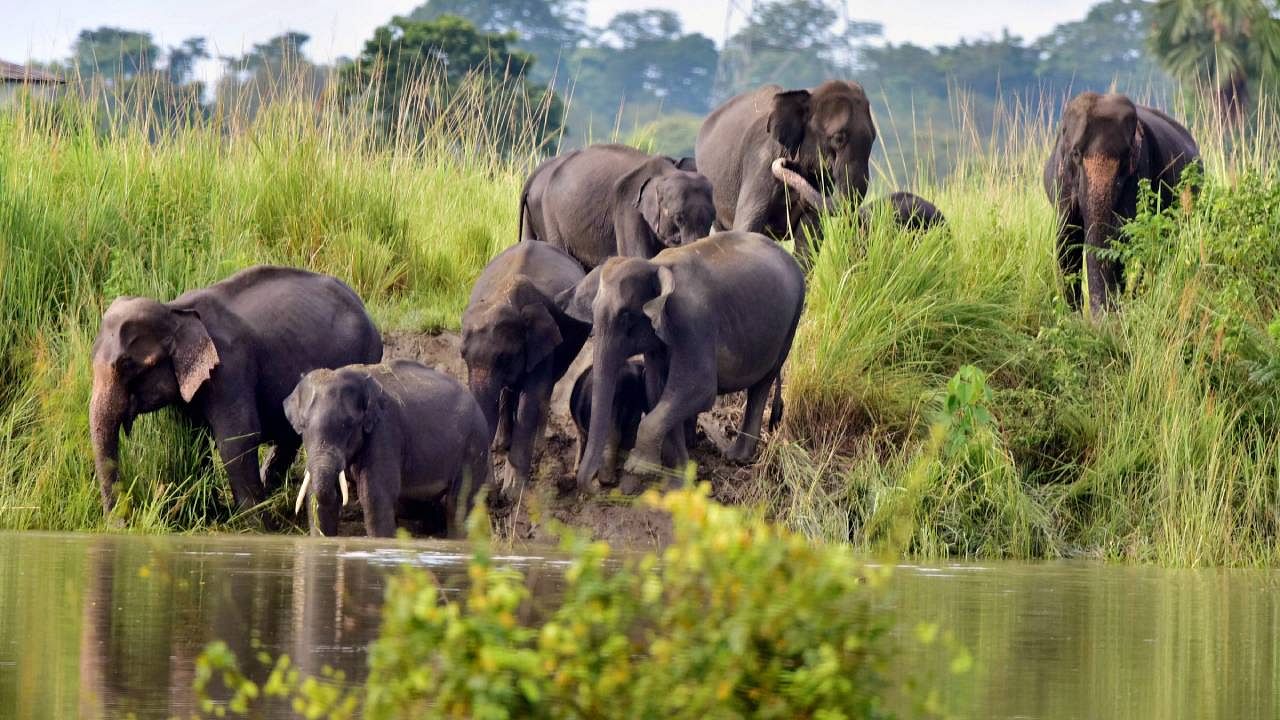
Earlier this year, an Indo-French initiative was announced regarding the adoption of various new measures at the Kaziranga National Park in Assam.
According to a report in The Indian Express, the Indo-Pacific Parks Partnership will facilitate partnership activities, like biodiversity conservation, wildlife management and engagement with local communities, for interesting natural parks of the Indo-Pacific region. Around 200 anti-poaching camps, artificial highlands where animals can flock during floods and alternate livelihood training for local communities are being mooted as a part of this project.
The Agence Française de Développement (AFD) is contributing funds worth €80.2 million for a 10-year period starting from 2014 to 2024 for the Kaziranga project, which is a part of a larger Assam Project on forest and Biodiversity Conservation (APFBC). The project aims at the reforestation of around 33,500 hectares of land and providing alternate livelihood training to 10,000 community members by 2024.
Jatindra Sarma, Chief Conservator of Forests and Director of Kaziranga National Park and Tiger Reserve, told the publication that the population of animals in the park is the healthiest it has ever been. The AFD funding has helped with the conservation of animals and has resulted in fewer poaching cases being recorded in the past five years.
He also said in his statement that the AFD project has been effective in helping the communities in the area, especially the forest-dwelling communities, acquire skills.
There are around 35 embankments or highlands that have been set up across the park. Infrared-based early warning systems, triggered by elephant footfall, to scare off herds or to warn villagers, have also been developed under the project.
It is learned that one of the main reasons for the degradation of forests around the reserve is the illegal trade of timber. The Assam government has now kickstarted a reforestation drive with the help of the AFD and is on the pathway of change.